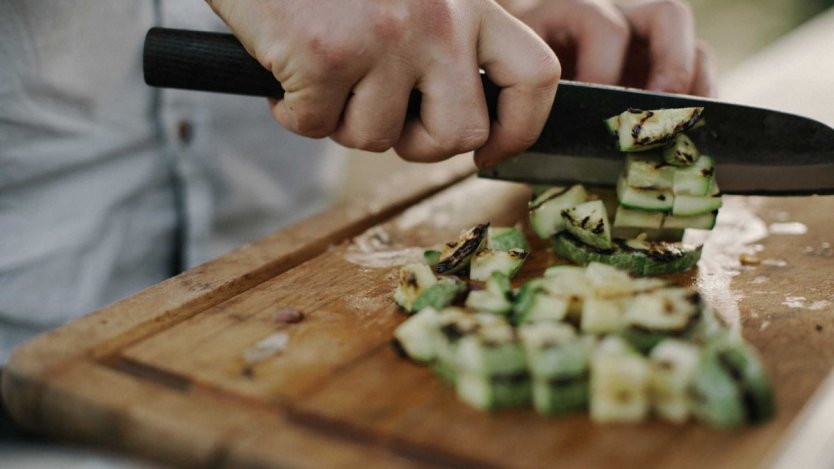Recipes will often use terms for cutting fruits and vegetables in a way that you may not know, but understanding them and using them appropriately will ensure your dish turns out as planned. Whether it be to enhance the texture, flavour, or both within a dish, cutting things to the correct size and shape will allow you maximize the role of the ingredient and to prepare the dish as the recipe writer had intended.
As the name suggests, dicing refers to cutting things into smaller cubes. To execute a perfect dice, begin cutting your ingredient into sticks that chefs call "batons", then cut across your batons in the opposite direction. Recipes may call for large (about ¾” each side), medium dice (about ½” each side) or a small dice (about ¼” each side). There’s also a smaller dice called “brunoise”, which is about ⅛” each side. By dicing, you are allowing your food to cook evenly.
To mince is to cut into tiny pieces, essentially as small as you can go (without it turning into a mush) so that the ingredient can be evenly distributed and the flavour can penetrate the dish. To mince, you need a sharp knife to cut through the skin or flesh into small enough pieces without mashing the ingredient into a puree. To mince garlic, for example, you should first cut the cloves into smaller pieces, then keep running your knife over the pieces until they are uniformly very small.













